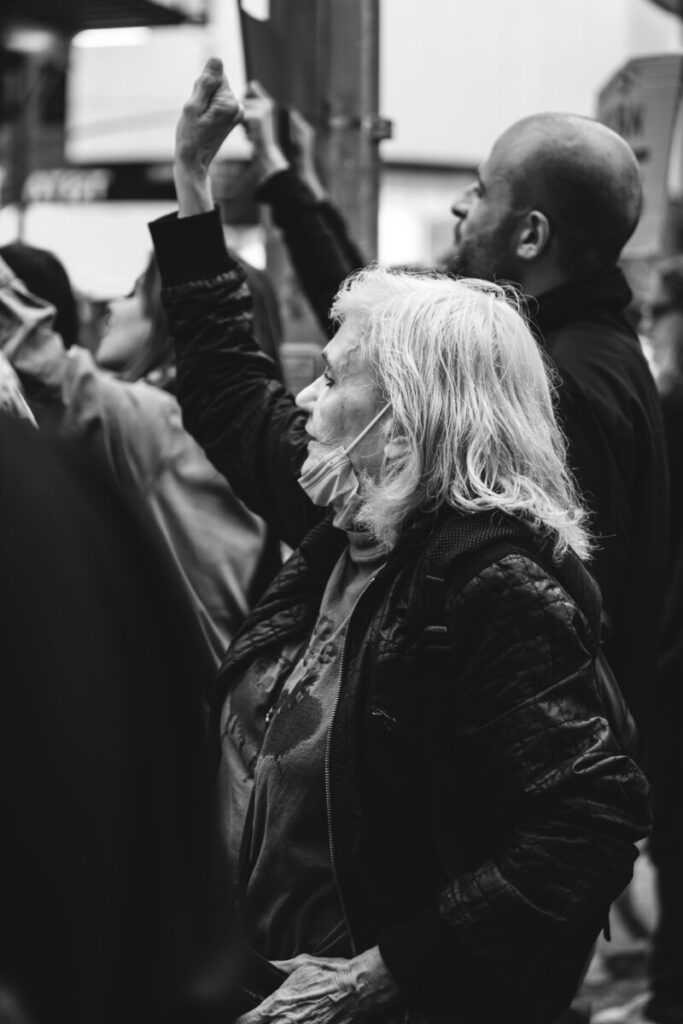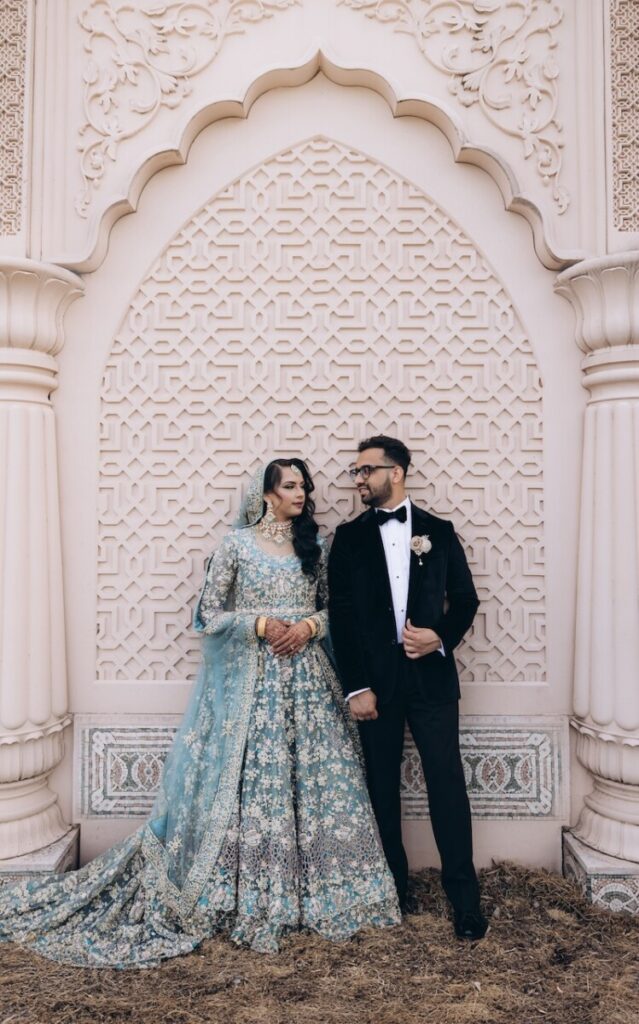Internship in Communication Design COMD 4900

During my fall semester internship, I joined a startup production company in New Jersey specializing in photography, video, and concert production. This private and profitable company provided a rich learning environment. The interview process involved showcasing my skills in photography, video production, and editing directly to the company director.
After being hired, I was involved in a diverse range of tasks, both online and in person. This experience allowed me to directly engage with clients, develop effective time management skills, collaborate with a team, and produce a substantial amount of work. The hands-on nature of the internship provided invaluable insights into the dynamics of the production industry and enhanced my practical skills in photography and video editing.

Learning from Professor Stella
In the concluding part of this course, I gained valuable insights from Professor Stella. Widely regarded as an encyclopedia of knowledge, Professor Stella provided a wealth of information and purposeful materials. Her expertise proved instrumental in equipping us with the necessary skills and knowledge to navigate the complexities of the labor
This course provides a comprehensive overview of the numerous benefits of internships, emphasizing their significant contributions to personal and professional development. Here are the brief highlights:
Development of Skills:
Internships serve as a training ground for acquiring and honing new skills. From technical proficiencies to soft skills, the hands-on experience gained is invaluable for future professions.
Enhanced CV:
Participation in internships enriches one’s CV, making it more appealing to employers. The diverse experiences and skills acquired become a testament to one’s readiness for the professional world.
Networking Opportunities:
Internships provide a platform to connect with industry experts, potentially leading to future employment opportunities. Building a network during internships is crucial for career growth.
Insider Knowledge:
Interns gain firsthand insight into the workings of their chosen industry. This insider knowledge proves instrumental in making informed career decisions and understanding the dynamics of the sector.
Business Rules and Etiquette:
Internships offer exposure to business rules, professional etiquette, and office culture. This exposure is essential for success in a professional setting, providing a practical understanding of workplace dynamics.
Collaboration and Teamwork:
Internships foster collaboration and teamwork abilities, qualities highly valued by companies. The experience of working in a team setting enhances interpersonal skills.
Time Management:
Balancing internship obligations with other activities hones time management skills. Interns learn to efficiently allocate time to various tasks, a crucial skill for any professional.
Professional Growth:
Internships provide an opportunity for continuous professional growth. The exposure and experiences gained contribute to becoming a more well-rounded and capable employee.
Expectations for My Internship:
Internships, for me, represent an opportunity to gain profound insights into my chosen field. It’s a chance to witness and navigate real-world challenges, contributing to a comprehensive understanding of the industry. Additionally, the practical exposure gained during internships significantly strengthens my CV, demonstrating early exposure and readiness to future employers.
The Evolving Landscape of Photography Work:
Despite the proximity of my photography work, the transition to remote work as a photo editor has brought about notable changes. While the essence of my work remains, the shift to virtual customer interactions presents both advantages and challenges. Time management becomes crucial, and the virtual setting offers benefits such as saving time and accommodating clients with social phobias. However, challenges include a monotonous routine, prolonged periods of inactivity, and communication hurdles in disorganized management.
AI’s Impact on Labor and Design:
AI in Various Industries:
AI, including ChatGPT, has the potential to automate labor in diverse industries. However, the distinctive attributes of human employees, such as specialized knowledge, critical analysis, and human judgment, remain irreplaceable in fields like legal, financial, accounting, media, technology, and education.
AI in Graphic Design:
The benefits of AI in graphic design include rapid picture editing, layout optimization, and pattern design. While AI streamlines the process, challenges such as a learning curve and a lack of customization exist. They are balancing AI with the human touch resulting in creative and eye-catching designs.
Ethical Considerations in Graphic Design:
Graphic designers face moral decisions regarding client selection, advertising integrity, and cultural sensitivity. Upholding ethical standards in design, including avoiding deceptive advertising and considering cultural variations, fosters trust, cooperation, and a positive professional reputation.
Understanding Intellectual Property:
Copyright:
Copyright protects original creative works, including software, music, artwork, and books. It ensures authors’ exclusive rights, fostering innovation and creativity while resolving intellectual property disputes.
Trademark:
Trademarks protect brand symbols like names, logos, and slogans, ensuring recognition and trust in products or services.
Patents:
Patents safeguard new ideas and inventions, granting inventors exclusive rights for a specified period, and encouraging innovation.
Insights into Freelance Work:
Understanding the legal aspects of freelance work is crucial. A User Agreement forms the basis, transferring all rights, including copyright, to the client upon payment. Both parties acknowledge the ownership of intellectual property rights. The Freelance Isn’t Free Act in New York City outlines protections for freelance workers, emphasizing fair payment practices and providing a procedure for complaint resolution.
The Significance of Salary Negotiation:
Salary negotiation is a vital aspect of professional growth. Tools like Glassdoor’s Know Your Worth help estimate fair compensation. Effective negotiation tactics include providing evidence of achievements, being assertive, and considering additional perks.
Moral Choices in Graphic Design:
Graphic designers face ethical dilemmas in client selection and advertising integrity. Considering personal values and cultural diversity is essential for creating respectful and inclusive designs. Upholding ethical standards promotes trust, cooperation, and long-term success in the design industry.
Importance of Office Etiquette:
Maintaining office etiquette and good manners is crucial for a positive work atmosphere. Disruptive behavior can adversely affect morale and productivity. we should value of being on time, minimizing distractions, and respecting personal space to create a conducive work environment.
Ongoing Self-Evaluation and Bargaining:
Continual self-evaluation is vital for professional growth. Bargaining for just pay, providing evidence of accomplishments, and choosing the right moment for negotiation contribute to a successful career.
This comprehensive overview touches on various aspects of internships, AI’s impact on labor and design, ethical considerations in graphic design, understanding intellectual property, insights into freelance work, transitioning from graduation to the design workforce, the significance of salary negotiation, moral choices in graphic design, and the importance of office etiquette. Each topic provides valuable insights into navigating the complexities of the professional world.


















